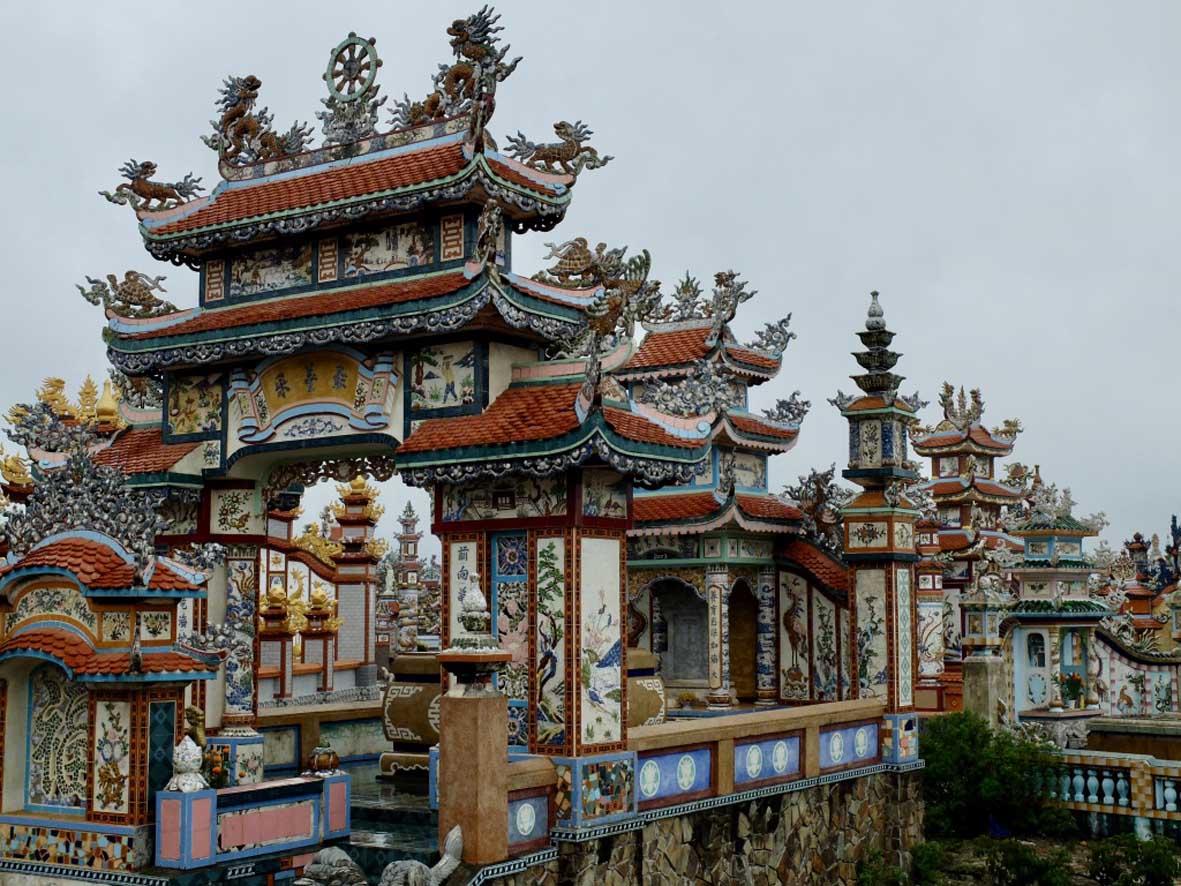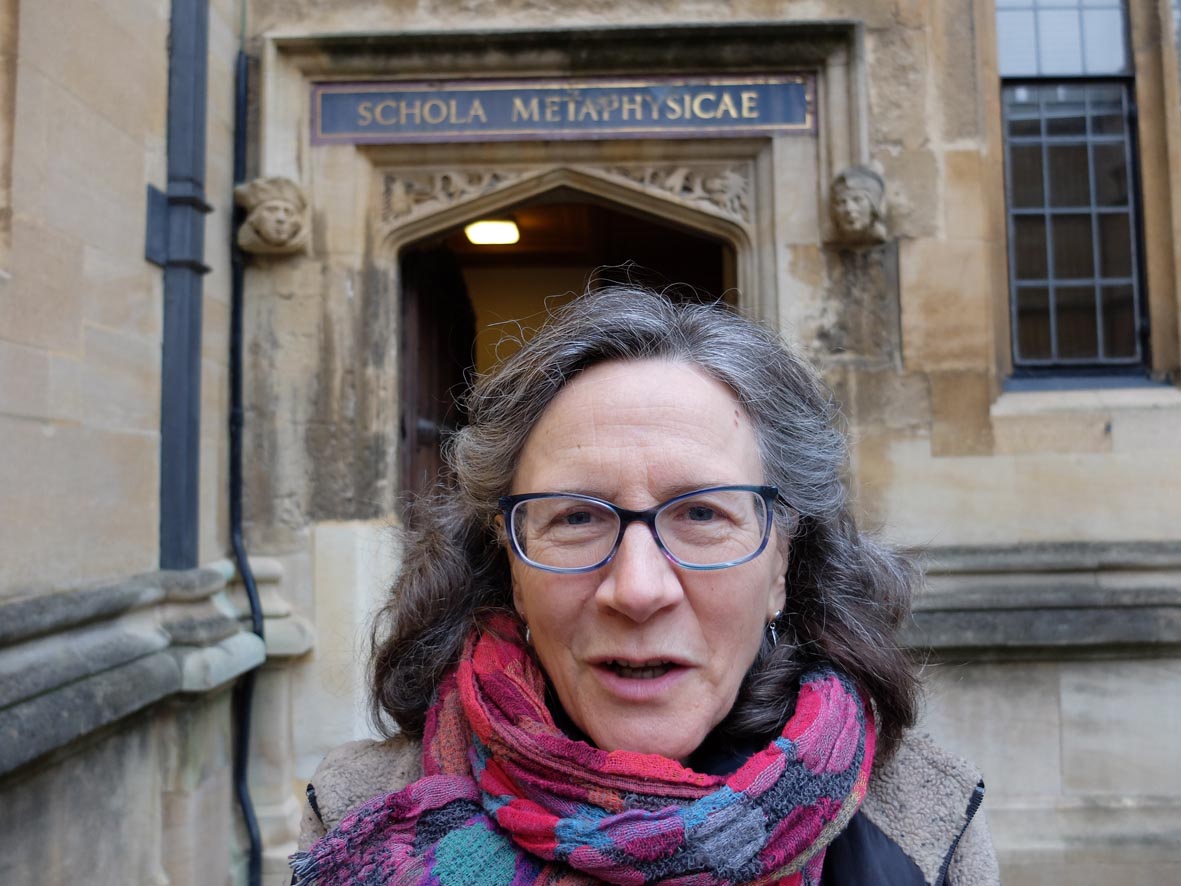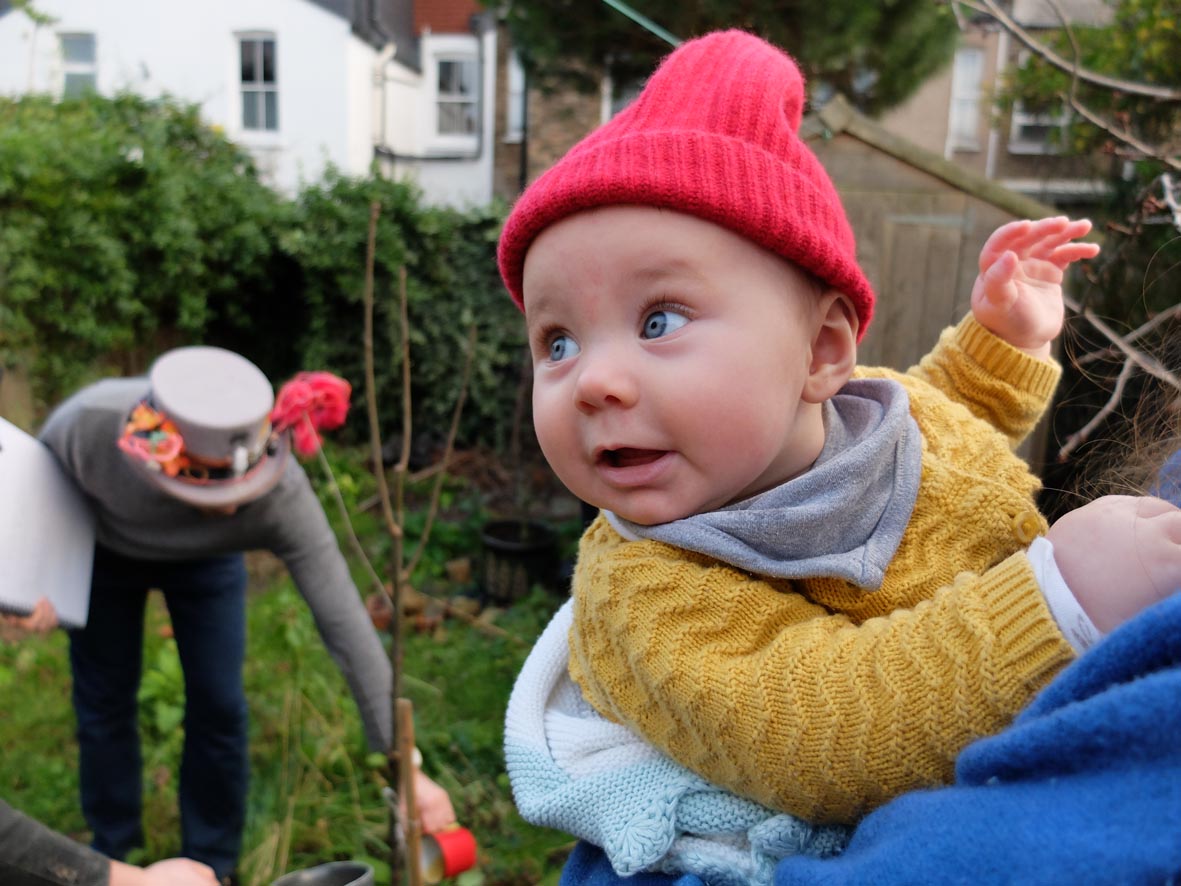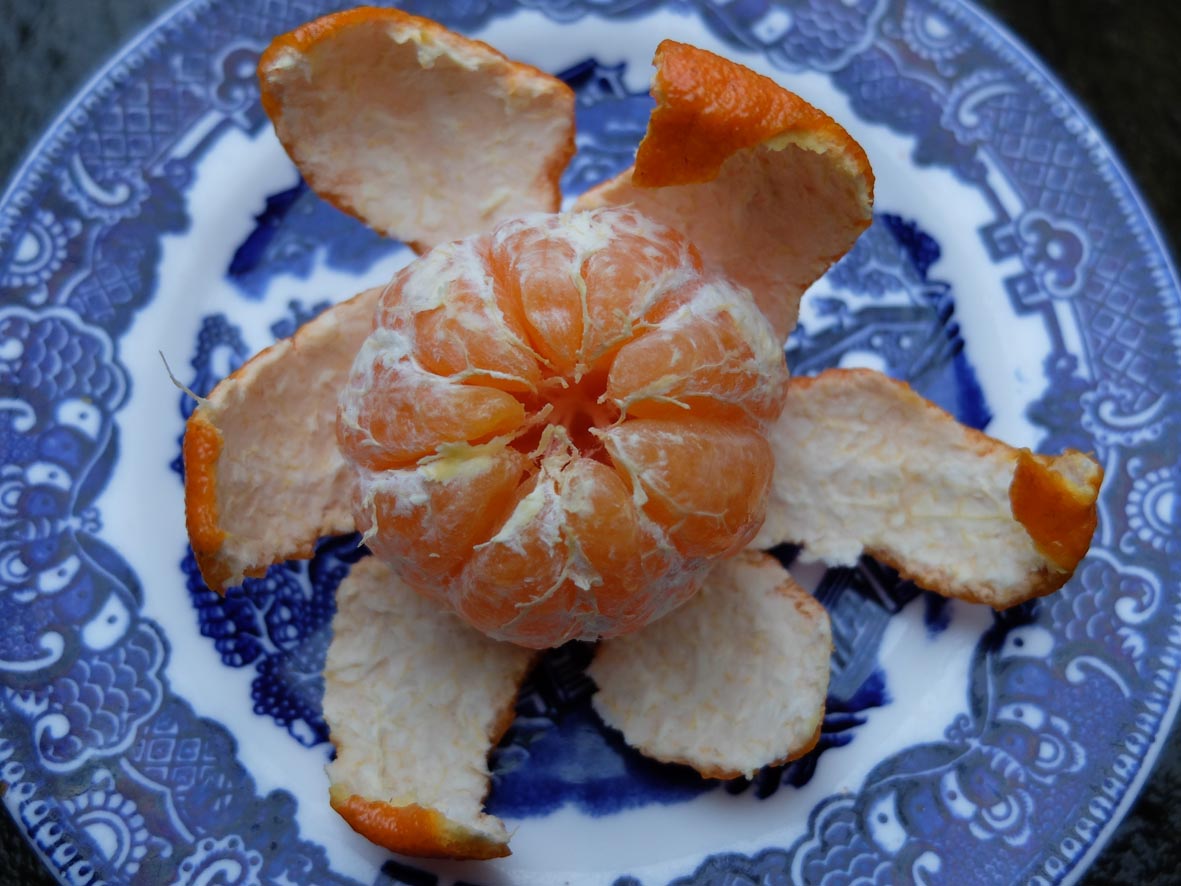03 Mar Skeletons in Hell
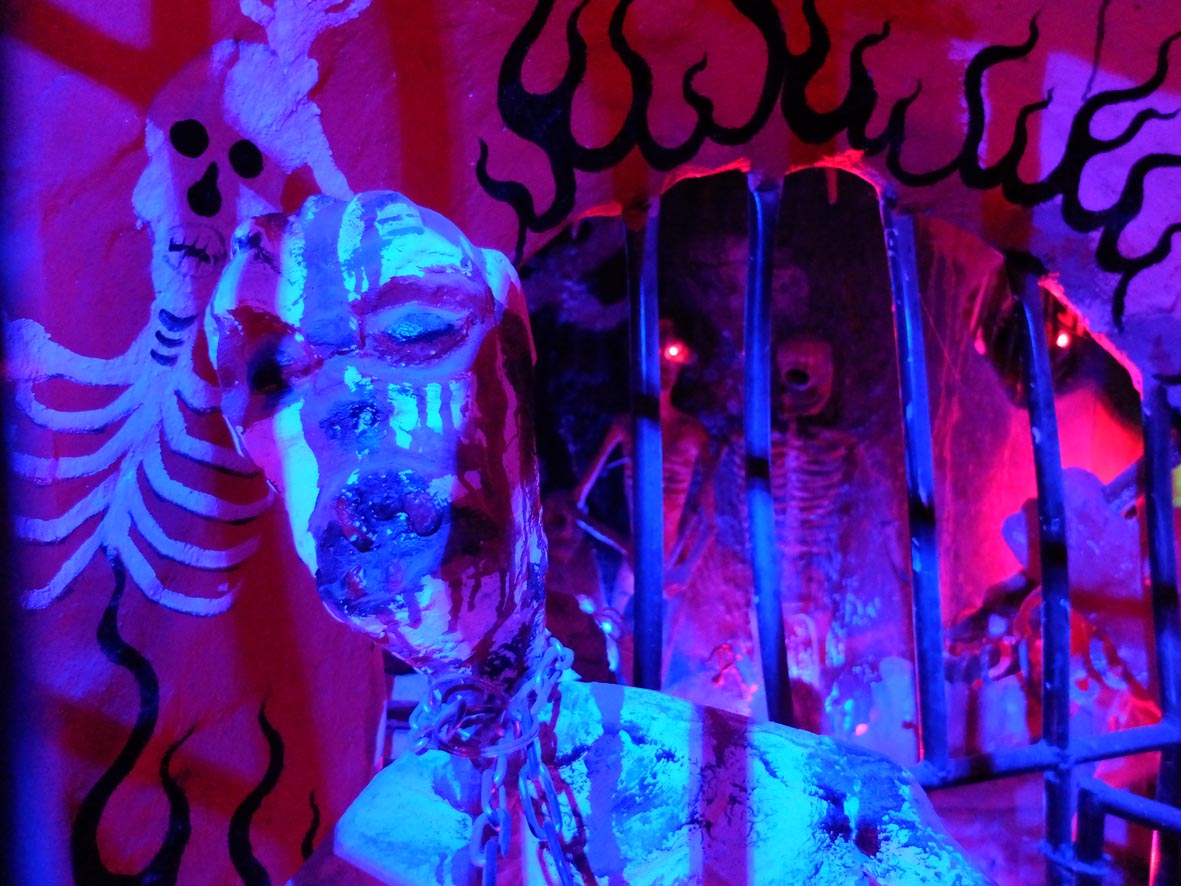 At the (not mentioned in our Lonely Planet) temple, we find heaven and hell. Ten kilometres or so outside the city of Da Lat is a fabulous Buddhist temple complex. It takes the ancient traditional art form of mosaic making, and uses it artfully to decorate the concrete structure. (Breton is the Vietnamese word for concrete, borrowed from French. It is used liberally in every context from city to farm, as the nation expands and grows upwards.) The curved surfaces of broken china – often with delicate roses or tableware – are tessellated into patterns to form brightly coloured three-dimensional dragons, demons, clouds and birds. It is a wonderful visual feast. Buddhas are halloed by neon mandorlas. There are giant bells to ring and plastic welcome mats. In typical Vietnamese fashion, there are street food sellers, shops selling elaborate Tolkein-esque furniture, huge marble statues, communist party posters and corners for mops and detritus. Under the giant Buddha covered in dried flowers there is a gift shop selling marble knick-knacks where an unexpected opening leads to a visual representation of the ‘hell realms’. I am not a Buddhist scholar, so my understanding is limited, but these realms represent metaphorical states of mind created by ordinary human suffering. In turn, the causes of suffering are generally covered by hatred, greed or ignorance/delusion. In this context I get the impression this is a more literal hellish representation of the torture that follows vices of the flesh. Theology aside, the display is a ghoulish romp through the underworld. Demons torture souls, skeletons eyes bulge with red lights. It is a spooky feast of horrific delights that is designed to make even the virtuous squeal.
At the (not mentioned in our Lonely Planet) temple, we find heaven and hell. Ten kilometres or so outside the city of Da Lat is a fabulous Buddhist temple complex. It takes the ancient traditional art form of mosaic making, and uses it artfully to decorate the concrete structure. (Breton is the Vietnamese word for concrete, borrowed from French. It is used liberally in every context from city to farm, as the nation expands and grows upwards.) The curved surfaces of broken china – often with delicate roses or tableware – are tessellated into patterns to form brightly coloured three-dimensional dragons, demons, clouds and birds. It is a wonderful visual feast. Buddhas are halloed by neon mandorlas. There are giant bells to ring and plastic welcome mats. In typical Vietnamese fashion, there are street food sellers, shops selling elaborate Tolkein-esque furniture, huge marble statues, communist party posters and corners for mops and detritus. Under the giant Buddha covered in dried flowers there is a gift shop selling marble knick-knacks where an unexpected opening leads to a visual representation of the ‘hell realms’. I am not a Buddhist scholar, so my understanding is limited, but these realms represent metaphorical states of mind created by ordinary human suffering. In turn, the causes of suffering are generally covered by hatred, greed or ignorance/delusion. In this context I get the impression this is a more literal hellish representation of the torture that follows vices of the flesh. Theology aside, the display is a ghoulish romp through the underworld. Demons torture souls, skeletons eyes bulge with red lights. It is a spooky feast of horrific delights that is designed to make even the virtuous squeal.



